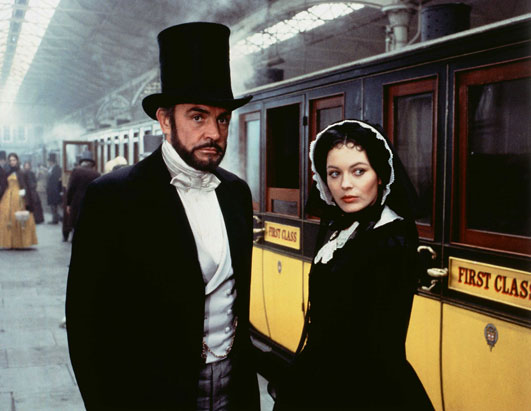Advertisement
If you have a new account but are having problems posting or verifying your account, please email us on hello@boards.ie for help. Thanks :)
Hello all! Please ensure that you are posting a new thread or question in the appropriate forum. The Feedback forum is overwhelmed with questions that are having to be moved elsewhere. If you need help to verify your account contact hello@boards.ie
Hi there,
There is an issue with role permissions that is being worked on at the moment.
If you are having trouble with access or permissions on regional forums please post here to get access: https://www.boards.ie/discussion/2058365403/you-do-not-have-permission-for-that#latest
There is an issue with role permissions that is being worked on at the moment.
If you are having trouble with access or permissions on regional forums please post here to get access: https://www.boards.ie/discussion/2058365403/you-do-not-have-permission-for-that#latest
Spuds, -Camera - ACTION - Irish Movies , Locations and Skeet.
-
28-01-2011 2:16pm#1
Comments
-
-
-
-
-
-
Advertisement
-
-
-
-
-
-
Advertisement
-
-
-
-
-
-
-
-
-
-
-
Advertisement
-
-
-
-
-
-
-
-
-
-
Advertisement
-
-
-
-
-
-
-
Advertisement
-
-
-
-
-
-
Advertisement
-
-
-
-
-
Advertisement
 https://www.youtube.com/watch?v=N9kJ2X4Bfzs
https://www.youtube.com/watch?v=N9kJ2X4Bfzs https://www.youtube.com/watch?v=NI0xlyd4MO4
https://www.youtube.com/watch?v=NI0xlyd4MO4
 https://www.youtube.com/watch?v=wtTHP6sa0UY
https://www.youtube.com/watch?v=wtTHP6sa0UY



 https://www.youtube.com/watch?v=Efc6Y6LCuuc
https://www.youtube.com/watch?v=Efc6Y6LCuuc https://www.youtube.com/watch?v=9tWLrmBu1vM
https://www.youtube.com/watch?v=9tWLrmBu1vM https://www.youtube.com/watch?v=nvFY93WBPPY
https://www.youtube.com/watch?v=nvFY93WBPPY
 https://www.youtube.com/watch?v=kG1O4bZNrcU
https://www.youtube.com/watch?v=kG1O4bZNrcU https://www.youtube.com/watch?v=Pc1SkNsYHig
https://www.youtube.com/watch?v=Pc1SkNsYHig https://www.youtube.com/watch?v=Cbl8Gr9Xkqg
https://www.youtube.com/watch?v=Cbl8Gr9Xkqg Daniel Day-Lewis, seen here in 2009, won an Oscar for playing Irish author and writer Christy Brown in 1989's "My Left Foot."
Daniel Day-Lewis, seen here in 2009, won an Oscar for playing Irish author and writer Christy Brown in 1989's "My Left Foot."




 https://www.youtube.com/watch?v=DzYddpcyTUw
https://www.youtube.com/watch?v=DzYddpcyTUw https://www.youtube.com/watch?v=2vNzsoyA-5I
https://www.youtube.com/watch?v=2vNzsoyA-5I https://www.youtube.com/watch?v=twwW-RKw6ZU
https://www.youtube.com/watch?v=twwW-RKw6ZU https://www.youtube.com/watch?v=wXMUv_cKtLM
https://www.youtube.com/watch?v=wXMUv_cKtLM